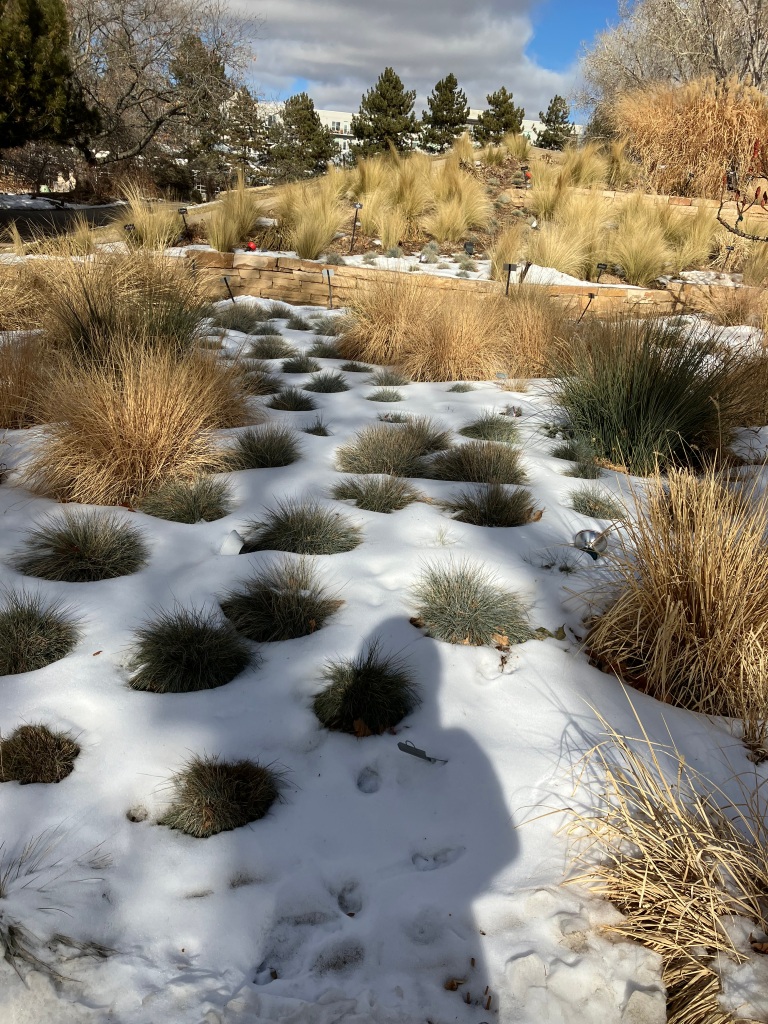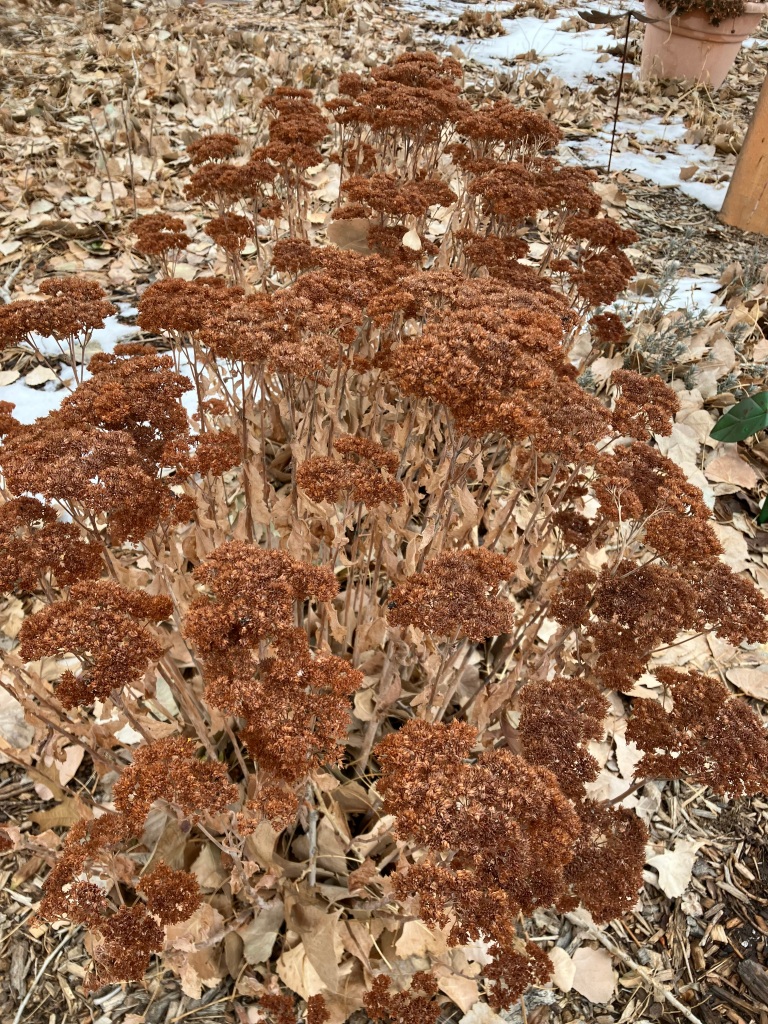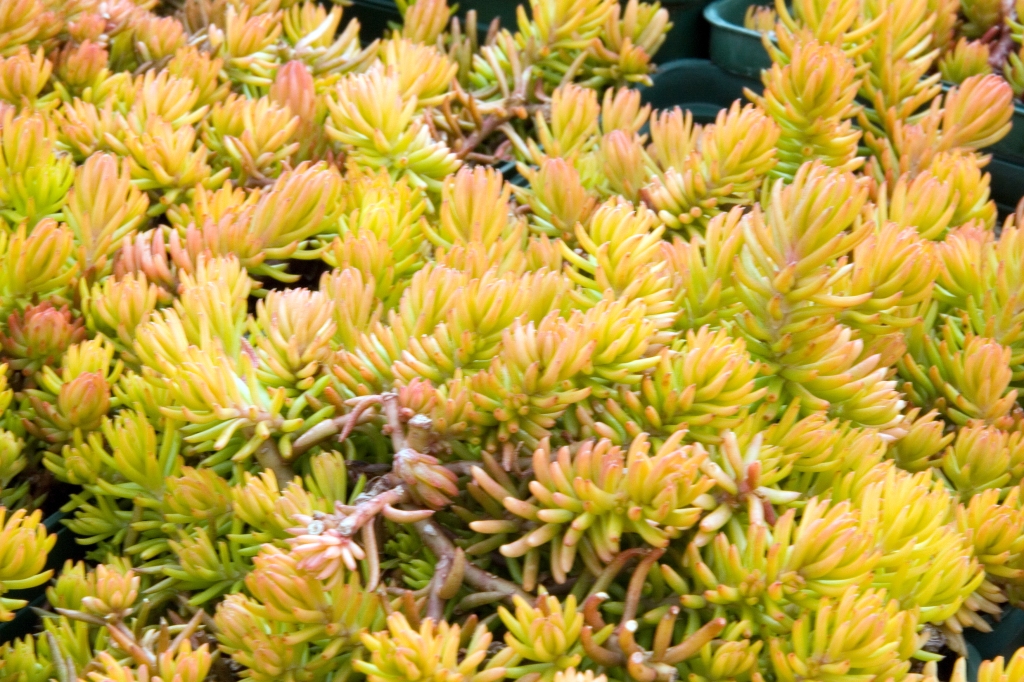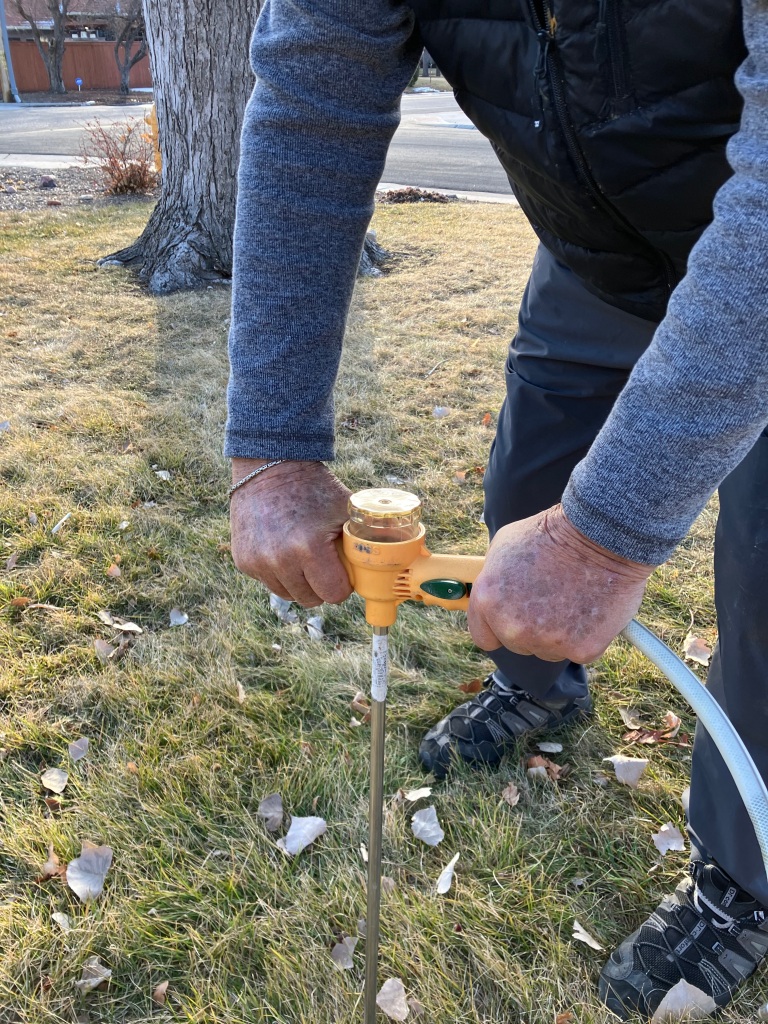By: Molly Gaines, CSU Extension-Denver Master Gardener since 2019

Signs of spring are everywhere in Denver. Daffodils, crocus and other spring flowers in full bloom one day; covered in ice and snow the next. Oh, to be a gardener at 5,280 feet!
While it’s too early to spend a lot of time planting, it’s a perfect time to prepare your soil, garden beds, tools, pots and lawn for the 2024 growing season. Below are a few gardening activities to consider before Mother’s Day, May 12 (around the safe zone from hard frosts) for planting most plants, flowers and vegetables.

As you plan your garden, it’s worth noting that some of the Denver metro is in a new gardening zone. Last November, the USDA announced updates to its “Plant Hardiness Zone Map,” updating this go-to tool for gardeners for the first time since 2012. The new map, which can be found here, places parts of Denver in Zone 6a rather than 5b. Zone numbers reflect the average extreme minimum temperatures and help determine what plants will thrive in each zone. Higher numbers equal incrementally warmer low temperatures. For background about how to use this map as a planting guide, visit this helpful article from the National Gardening Association’s learning library.
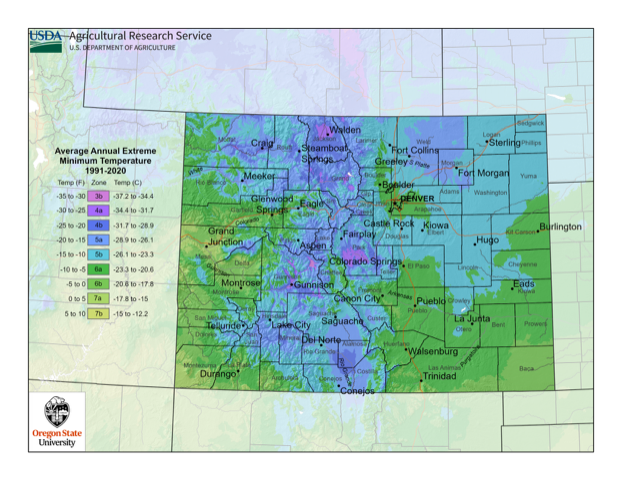
Vegetable Garden
- Clear remaining debris. Pull emerging weeds.
- When the soil is dry, add a fresh 2-3-inch layer of compost to your beds. This supports soil health and plant vigor. Gently work compost into the top layer of your existing soil with your hands, a trowel or a cultivator. Let rest a few weeks before planting.
- Plant frost-tolerant spring plantings, such as peas, spinach, arugula, radishes, Swiss chard, etc.
- Start indoor seeds for warm-weather vegetables such as tomatoes, peppers, squash, melons, etc.
- Reference this Vegetable Planting Guide to plan what you will plant when.
Trees & Shrubs
- The snowpack is solid Colorado-wide this year, well above 100 percent. This includes Denver. That said, if this month is dry, be sure to water your trees and shrubs.
- Early this month, prune deciduous trees, conifers and summer-blooming shrubs.
- Later in April into mid-May, prune rose bushes. For details on exactly how, why and when to do this, visit here. This is weather dependent so watch for low temperatures and delay if a cold snap is predicted.
- Remove broken branches from trees and clear dead leaves and decayed fruit from the base.
- If you’re looking to plant a new tree, consider the Park People’s annual fruit and yard tree sale that begins April 20. Trees range from $50 to $80, and sales support the Denver Digs program. More details can be found here.
Lawn Care
- Prep your mower, sharpening the blade as necessary and conducting other maintenance. Lawn mower blades should be sharpened at least once per season.
- If you use a pre-emergent weed product, apply in early April. For more details about how to use, visit here.
- Fertilize as desired, reading labels for proper application. Keep in mind that fall is the most important time for lawn fertilization. Applying only in the spring can mean excessive top growth and shallow root systems.
Perennial Beds
- Cut back perennial plants if this wasn’t done last fall, leaving 3 inches of the plant above the soil.
- Similar to your vegetable garden, the soil in these beds will also benefit greatly from compost, with the exception of native plants which generally prefer unamended soil.
- Pull emerging weeds now. Stay on top of them from the start.
- Divide overgrown perennials such as chives, sedum, grasses, phlox, daisies, hosta, etc. This will lead to healthier plants and better growth.
Other April Gardening Thoughts
- Assess garden supplies. Purchase or plan to borrow anything needed. Sterilize and sharpen garden tools.
- Empty any pots or containers still holding last year’s dead plantings. Clean and disinfect them to prevent disease in new plantings.
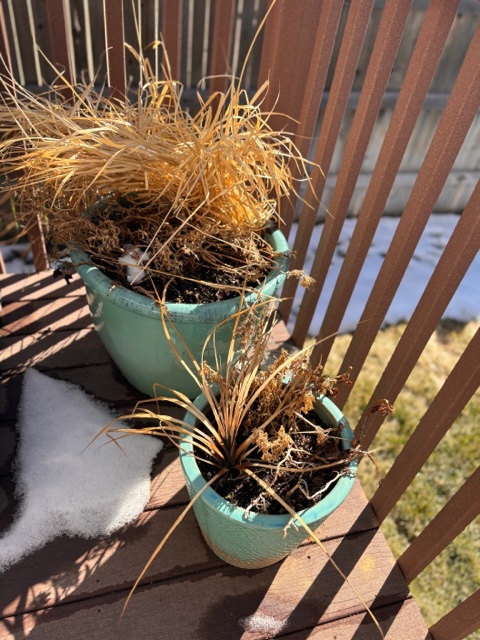
- Denver Water recommends waiting to turn on your irrigation until after the last freeze, typically in early May. Hand water until then.
- Sow wildflower and pollinator seed mixes.
- Prepare for frost, hail and other bad weather. Have sheets of plastic, old bedsheets and five-gallon buckets in easy reach for late-season snow or spring and summer hail. Remember the hailstorm that hit Denver late June last season?
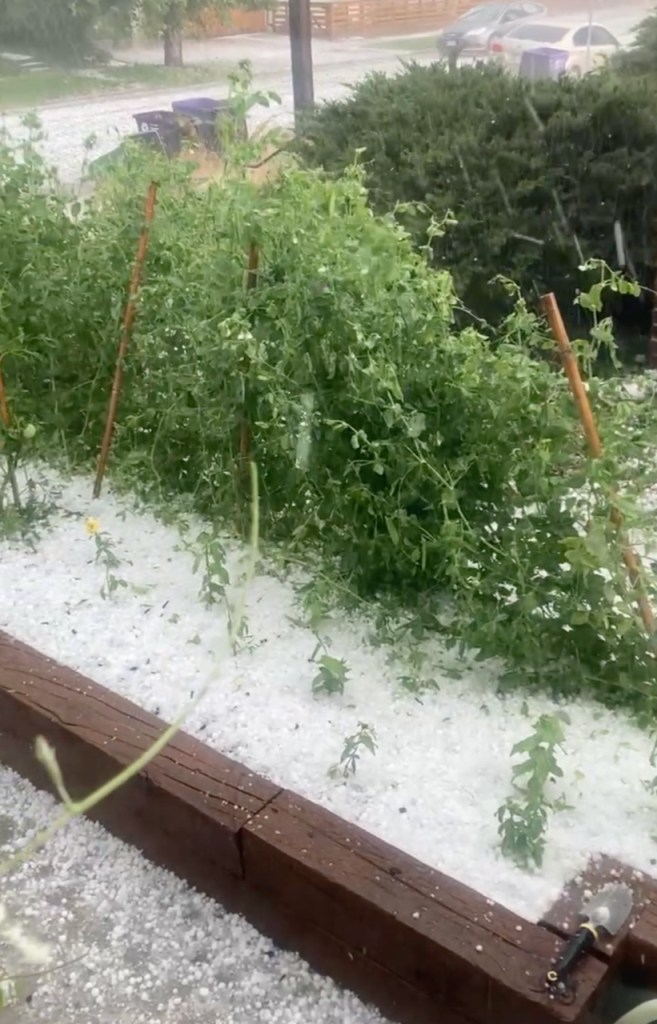
Springtime in Denver is special. I love watching new life slowly unveil itself. It’s a time full of promise, new beginnings and high anticipation of the color, flavor and textures around the corner. The more prepared you are in April, the more enjoyable your summer gardening season will be.
As always, if you have questions about plants, planting and any other gardening and yard related topics, visit the CSU Extension Yard and Garden website for tips.

